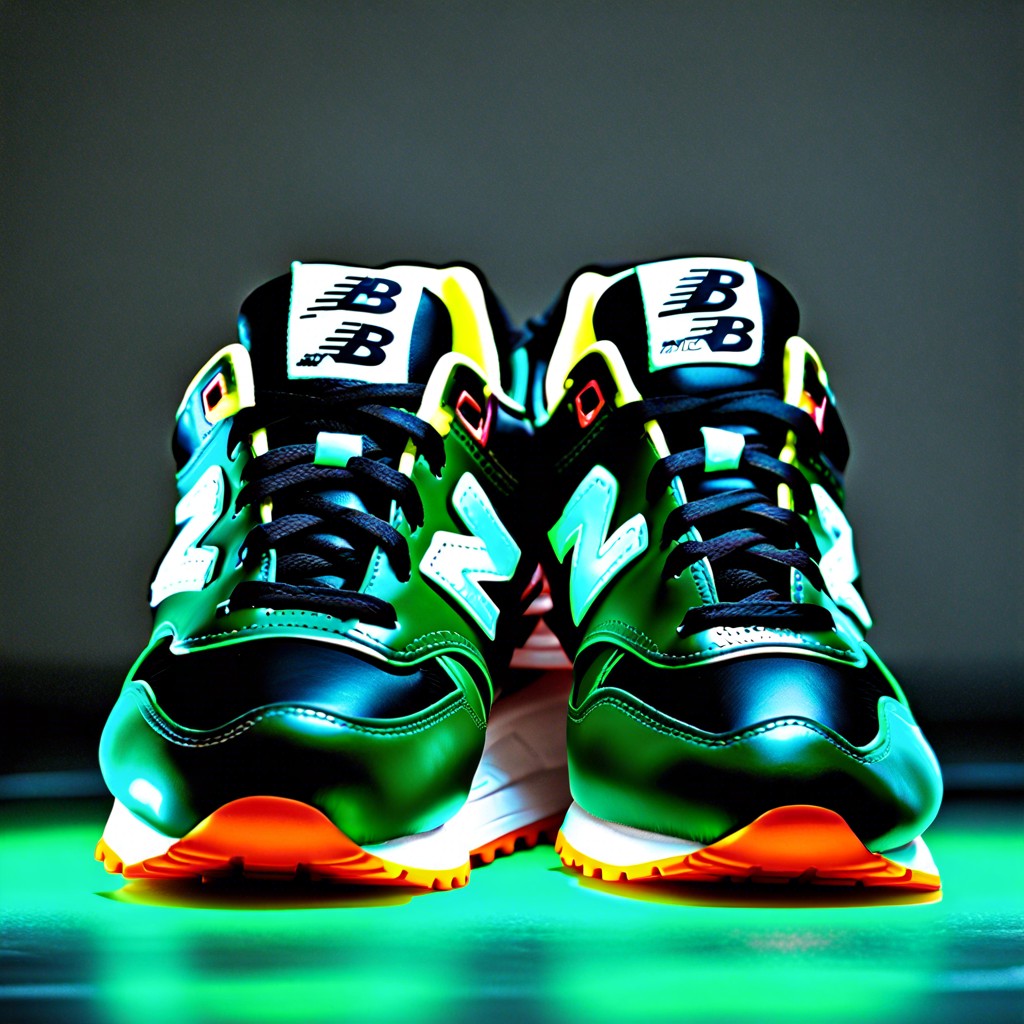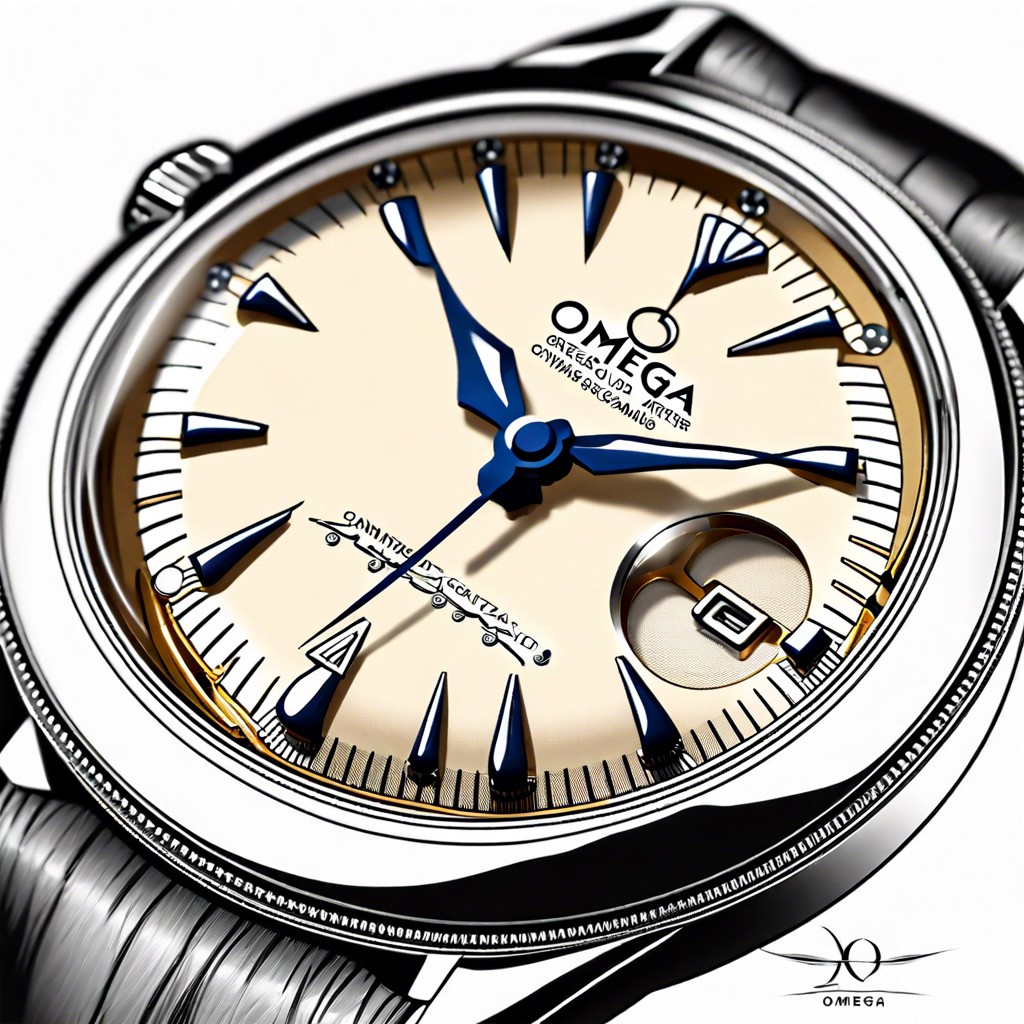Last updated on
Discover essential tips for selecting the right vintage microphone that suits your needs and enhances your audio experience.
Key takeaways:
- Vintage microphones evolved from simple to sophisticated devices.
- Iconic models include Shure SM58, Neumann U47, and RCA 44 series.
- Vintage microphones have had a significant impact on music recording.
- Proper maintenance is crucial to preserve vintage microphones.
- When collecting, focus on condition, authenticity, era, and rarity.
History of Vintage Microphones
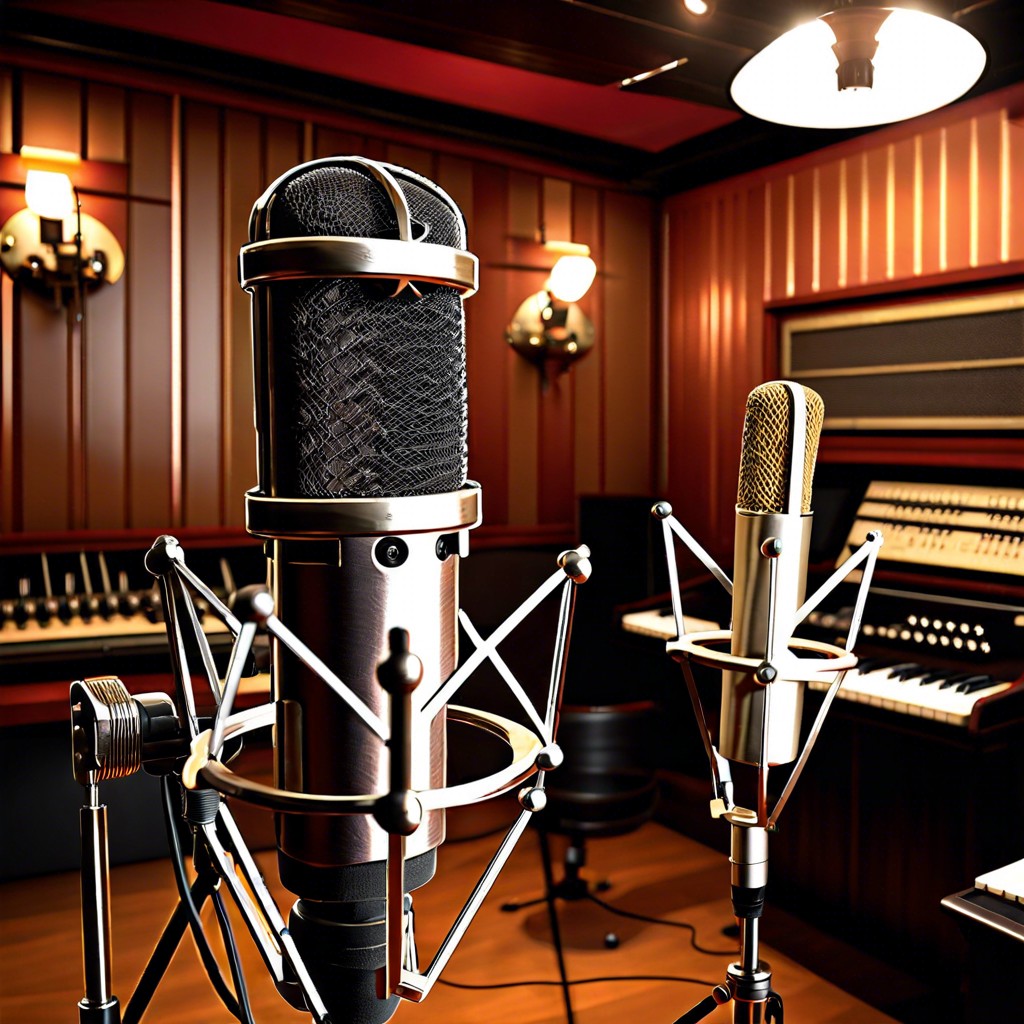
The journey of vintage microphones began in the early 20th century, evolving dramatically from simple devices to sophisticated instruments for capturing sound. In the 1920s, carbon microphones, which were originally used in telephones, marked the initial phase of microphone technology; these models are primarily valued today for their historical significance rather than functionality.
By the 1930s and 1940s, ribbon and dynamic microphones took center stage. These offered better sound quality and durability, which endeared them to radio stations and recording artists alike. For instance, the RCA 44 and Shure SM55 became staples in broadcasting and music due to their rich tonal quality and reliability.
The 1950s saw the introduction of the condenser microphone, bringing a new level of clarity and precision to audio recording, which was crucial during the golden age of radio and the early years of television.
Each era’s microphones not only represent technological advancements but also mirror the cultural and artistic priorities of the times, influencing how sound was captured and presented to audiences. Collectors and historians alike cherish these devices for their pivotal roles in the development of modern audio technology.
Iconic Models and Brands

Several vintage microphones have left a significant mark on the audio industry. The Shure SM58, introduced in 1966, remains a favorite for its durability and sound quality, often dubbed “the workhorse of the industry.” Another noteworthy model is the Neumann U47, used by iconic artists like The Beatles and Frank Sinatra; its rich, warm sound is highly esteemed in professional studios.
RCA’s 44 series, first available in the 1930s, were ribbon microphones known for their smooth audio response and are considered highly collectible today. Additionally, the AKG C12, a tube microphone from the 1950s, is revered for its clear and detailed sound, making it a top choice for acoustic recordings.
These models not only symbolize technological advancement but also a commitment to quality that continues to influence microphone designs to this day. Collectors and enthusiasts cherish these vintage pieces for their historical significance and distinctive audio characteristics.
Impact of Vintage Microphones On Music Recording

Vintage microphones have left an indelible mark on the sound quality and production aesthetics of music. These devices, often equipped with ribbon or tube technology, are prized for their warm, rich tonal qualities that modern microphones struggle to replicate. This signature sound is especially sought after in genres like jazz, blues, and rock, where authenticity and texture are pivotal.
In the studio, the physical limitations of vintage microphones, such as lower sensitivity and higher noise levels, have spurred creativity among sound engineers and producers. The need to innovate recording techniques around these quirks has led to some of the most iconic music productions in history.
Furthermore, the presence of a vintage microphone can influence a musician’s performance. The awareness of recording with a piece of history often inspires artists to deliver more emotionally resonant performances, thereby enhancing the overall impact of the music.
Collectively, these factors contribute significantly to the continuing desire among professionals and enthusiasts to use and preserve vintage microphones in modern recording environments.
Maintenance Tips for Vintage Microphones
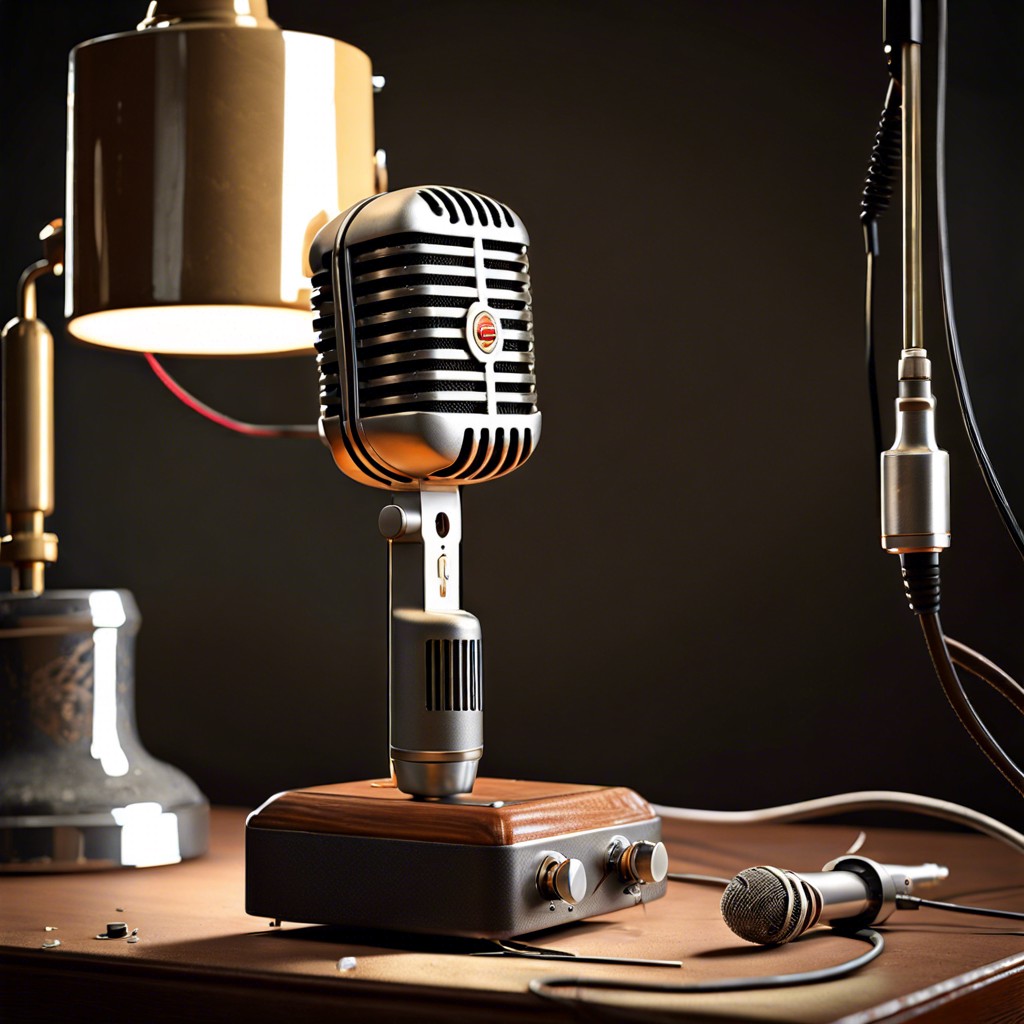
Handling these classic treasures requires care. Firstly, avoid storing them in places with high humidity or extreme temperatures, which can damage internal components. Instead, opt for dry, stable environments.
Secondly, gently clean the microphone’s body and mesh without using harsh chemicals, which could strip away original finishes. A soft, dry cloth usually does the trick.
Thirdly, for internal cleaning and repairs, consider consulting a professional. Vintage electronics can be delicate, and specialist knowledge often ensures functionality without risking damage.
Lastly, use them sparingly. Excessive use can wear out vintage microphones quicker. Regular but limited use maintains their operability without stressing the aging components too much.
Collecting Vintage Microphones: What to Look For
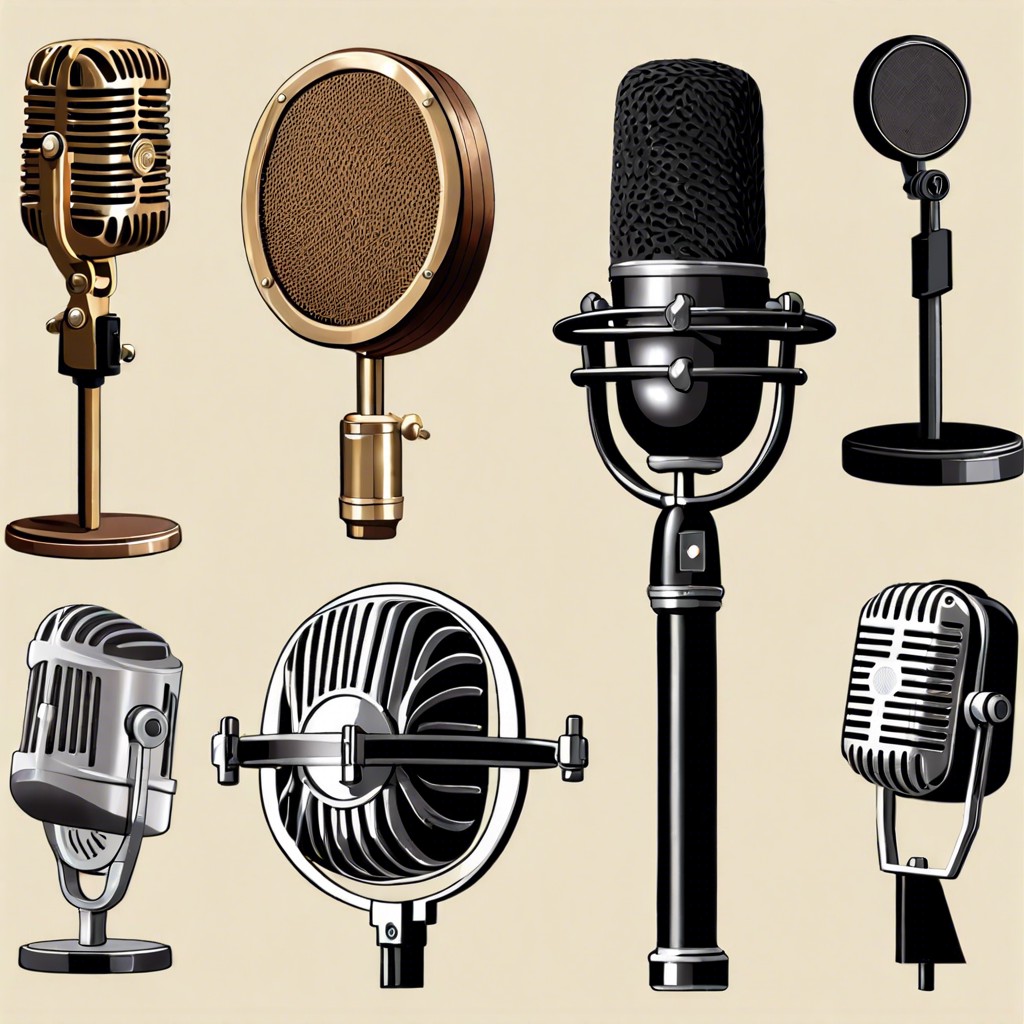
When starting or expanding your collection, consider these key points:
Firstly, focus on condition. A well-preserved microphone not only looks better but likely performs better too. Inspect for rust, dents, and missing parts, which can affect the value and functionality.
Secondly, authenticity is crucial. Verify the originality of the parts and serial numbers. With replicas flooding the market, confirming authenticity can be the difference between a worthy investment and a costly mistake.
Next, understand the era and model specifics that most interest you. Each period, whether it’s the golden age of radio or the birth of rock’n’roll, has standout microphones with their unique historical significance. Researching the specific features and sound quality of models from these times can guide your purchasing decisions.
Lastly, consider the rarity and demand for the microphone. Scarcer models often carry higher value, but ensuring there’s a market for resale is equally vital. Connecting with other collectors through forums and auctions can provide insights into market trends and pricing.
By keeping these aspects in mind, collectors can make informed decisions, enriching their collection with both historical and monetary value.
